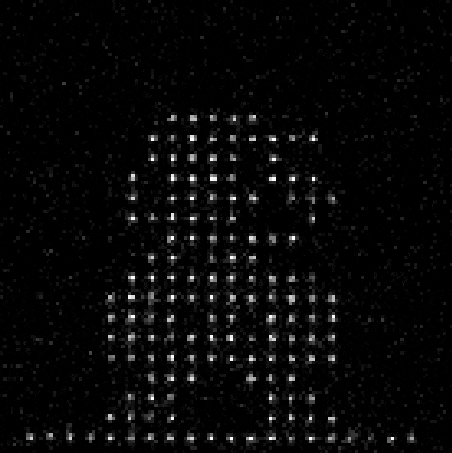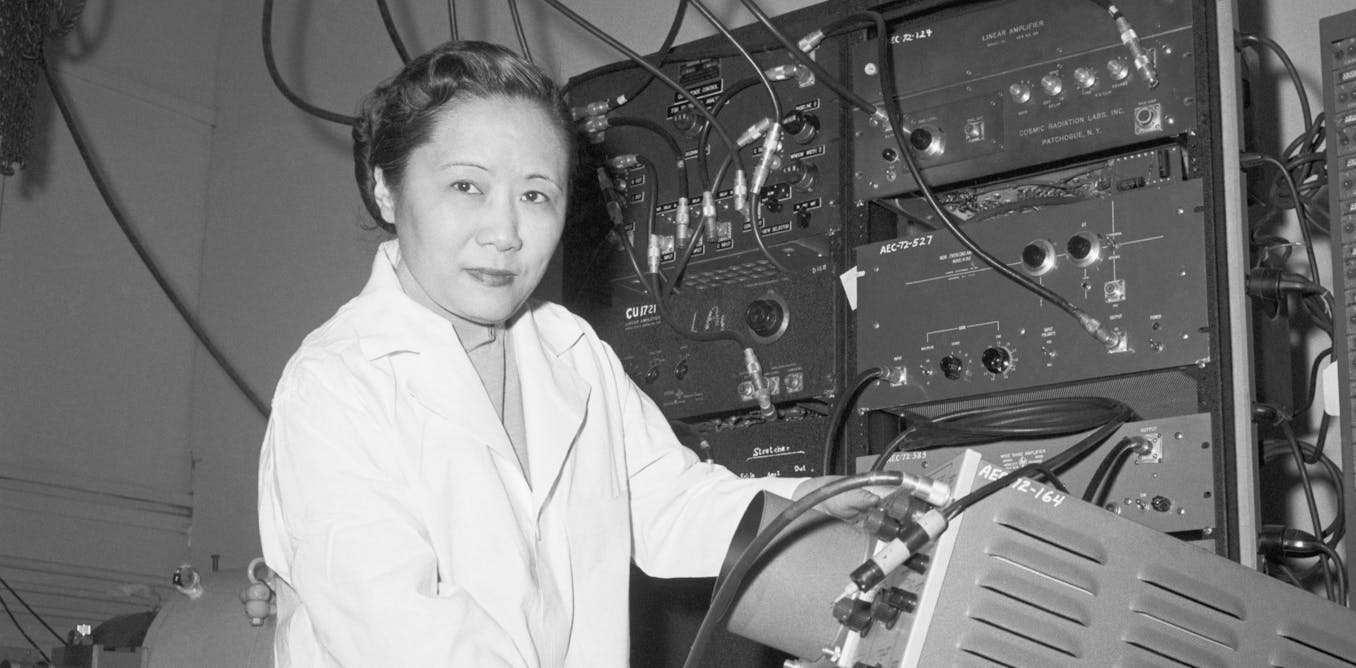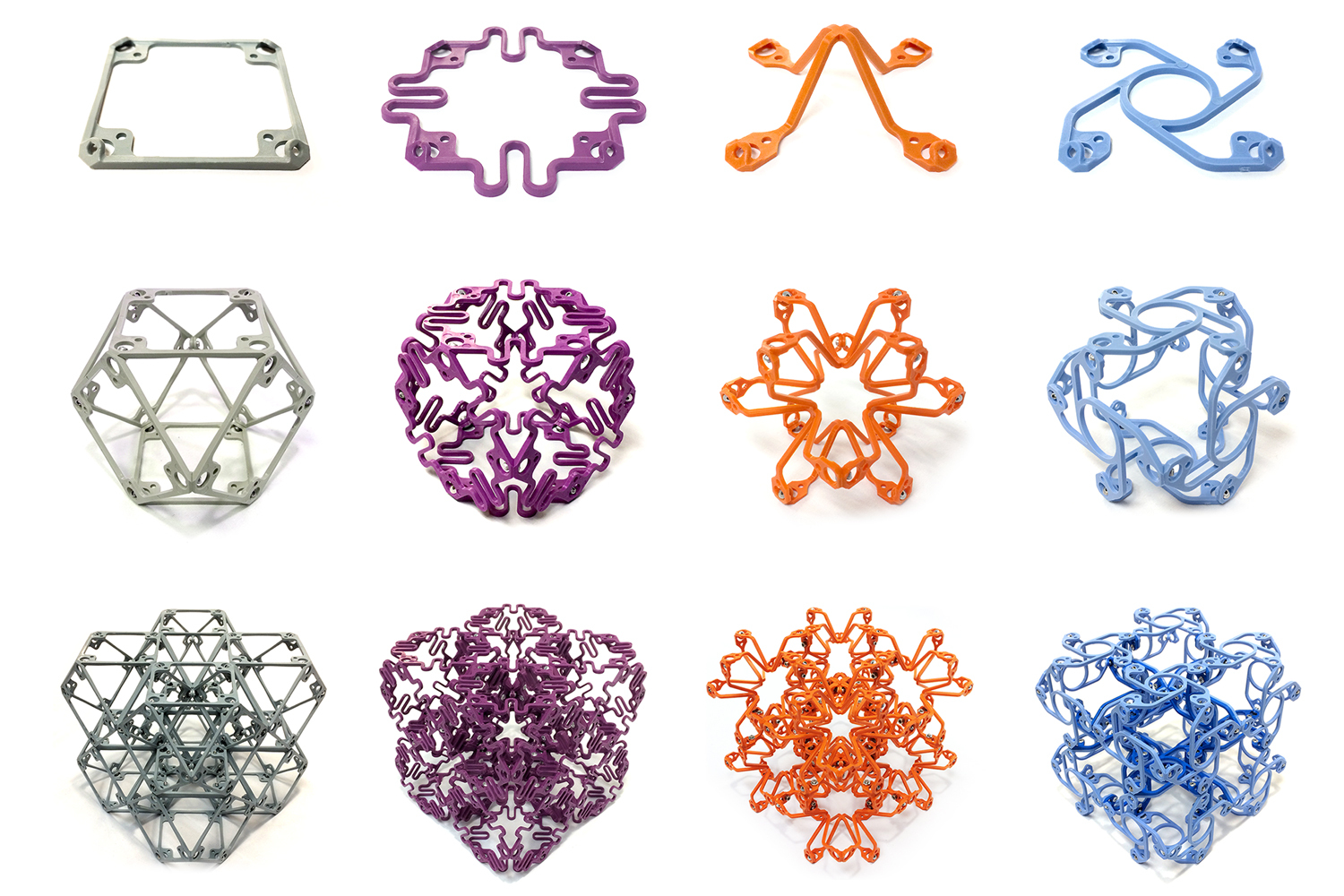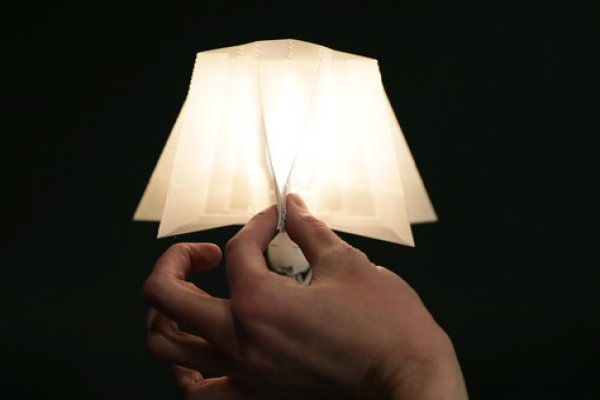New postage stamp honors Chien-Shiung Wu, trailblazing nuclear physicist
Chinese American physicist Wu worked on the Manhattan Project and performed groundbreaking experiments throughout her long career.
Xuejian Wu, Assistant Professor of Physics, Rutgers University - Newark •
conversation
Feb. 10, 2021 • ~8 min
Feb. 10, 2021 • ~8 min
/
7










